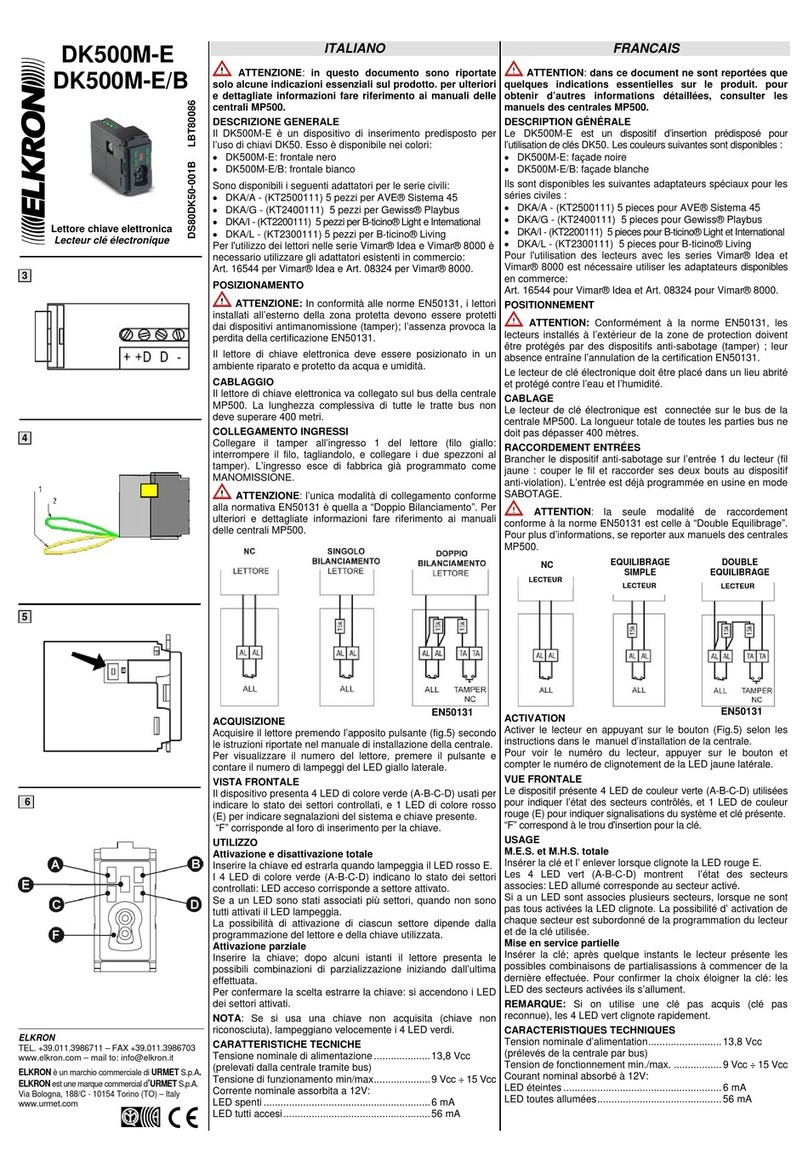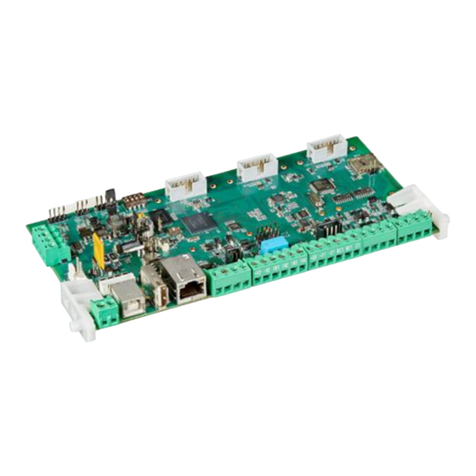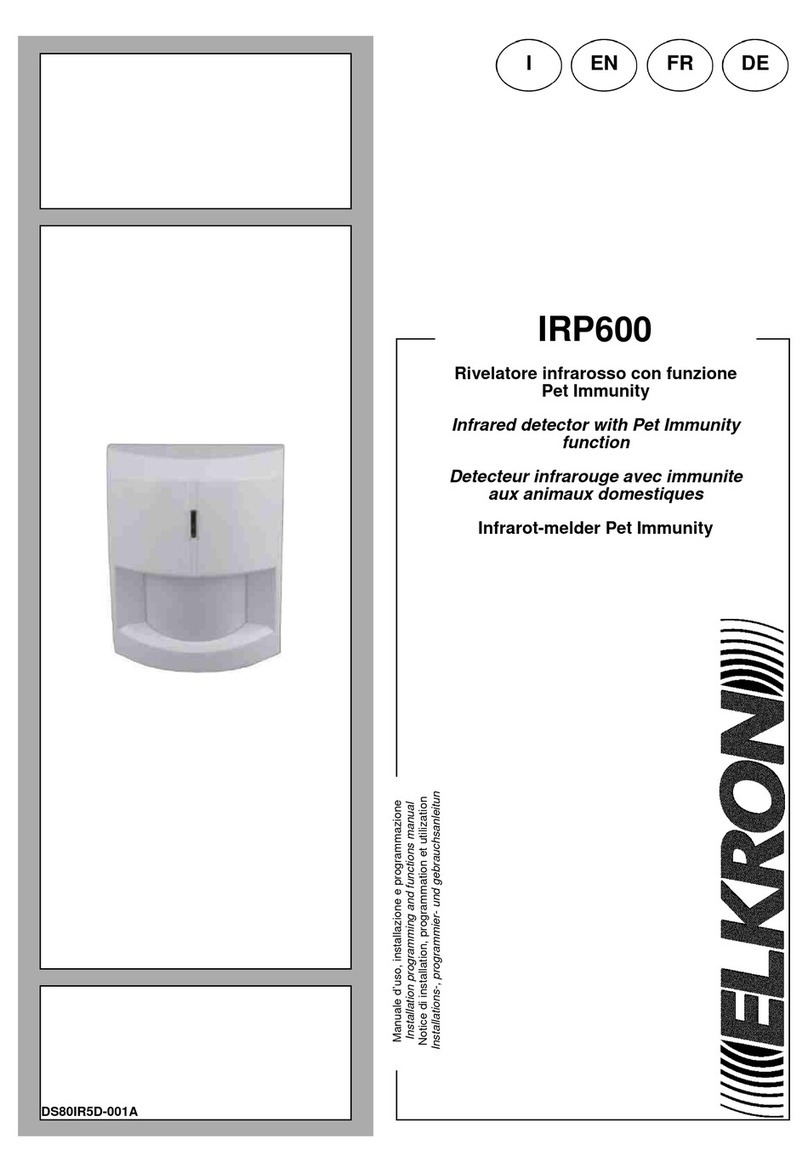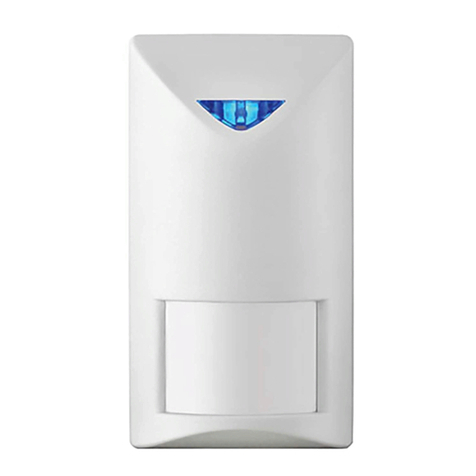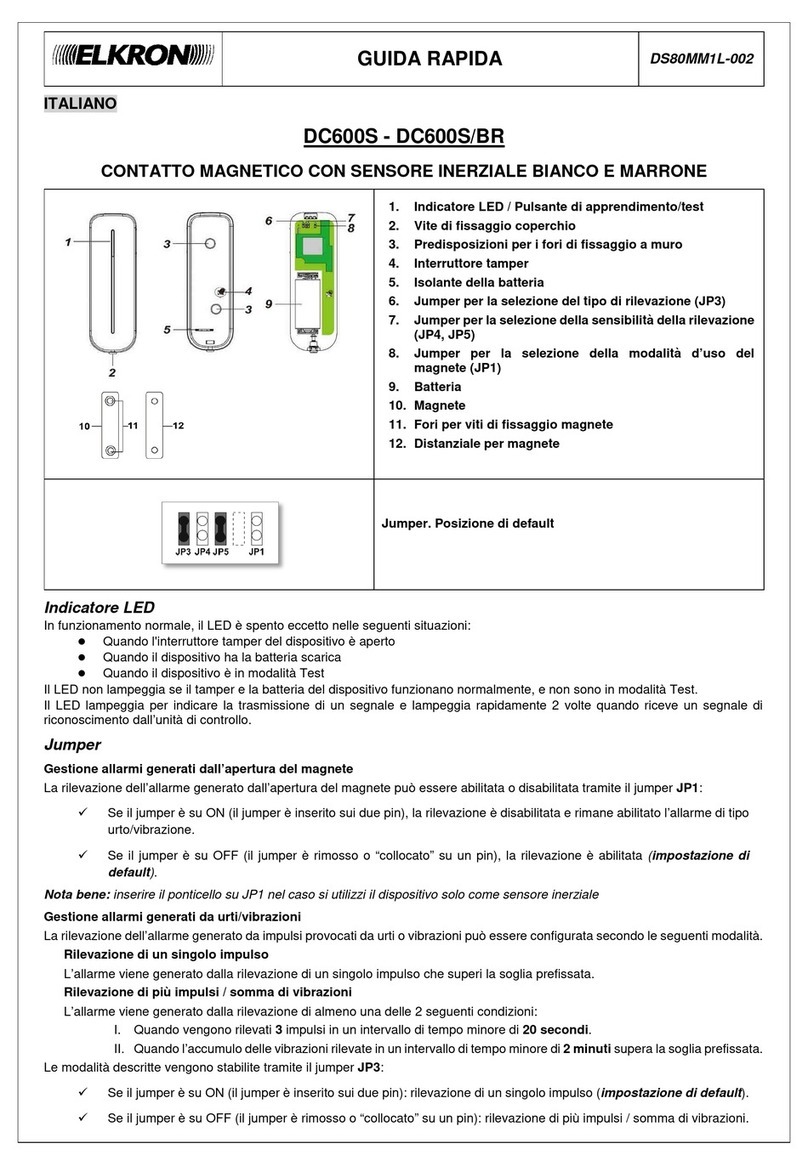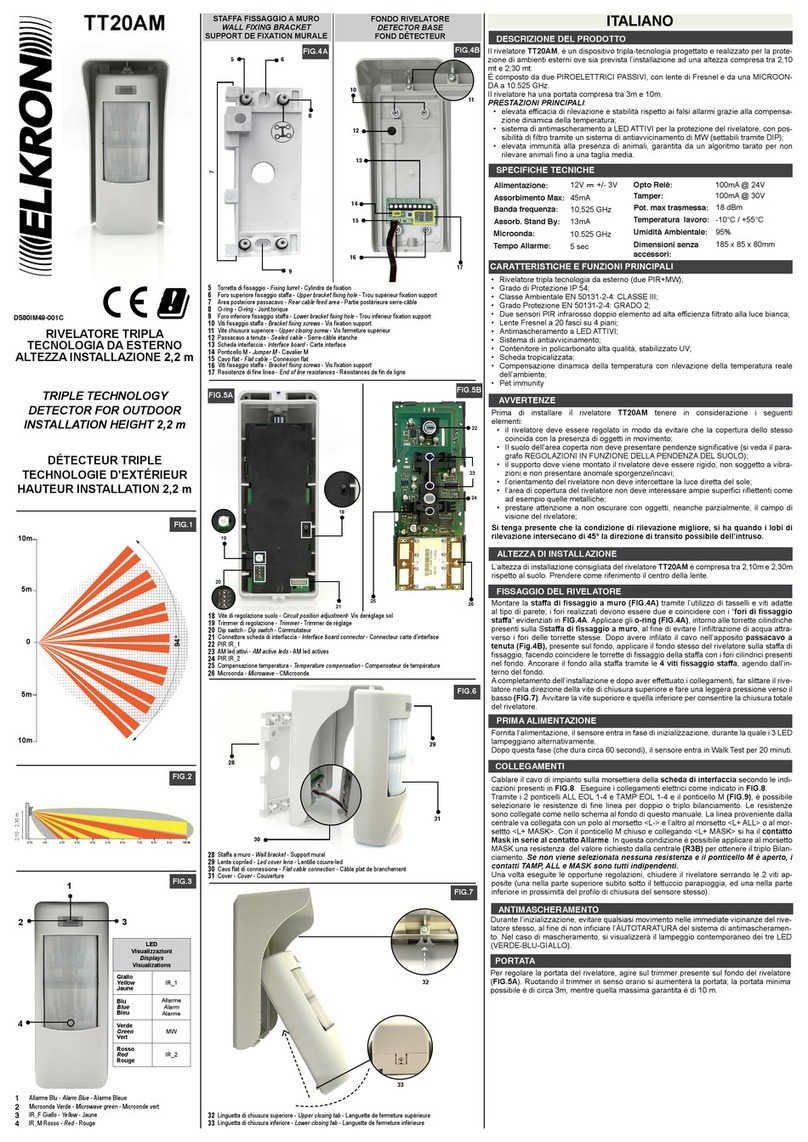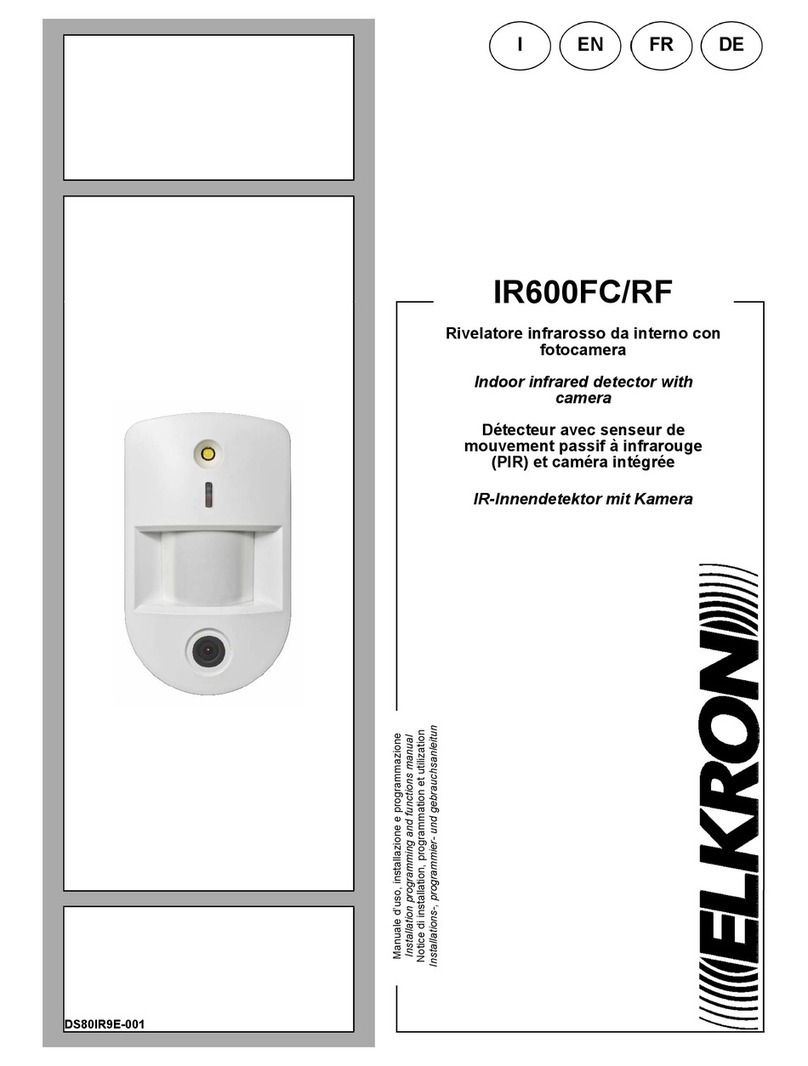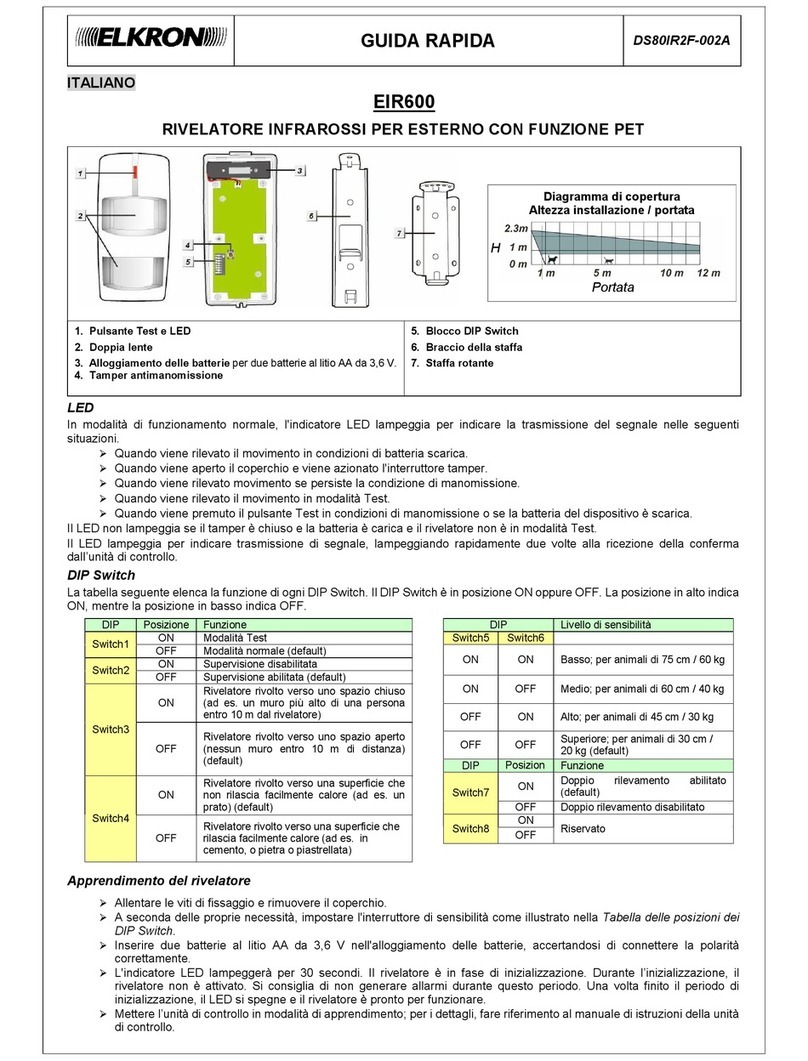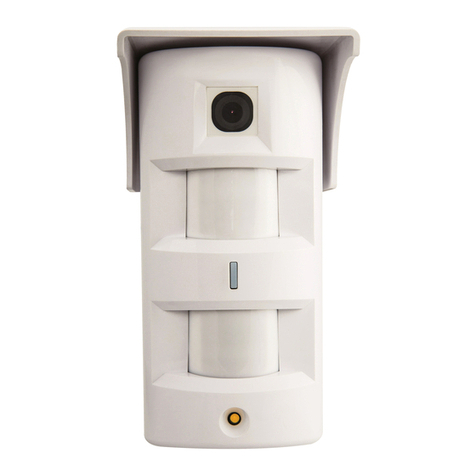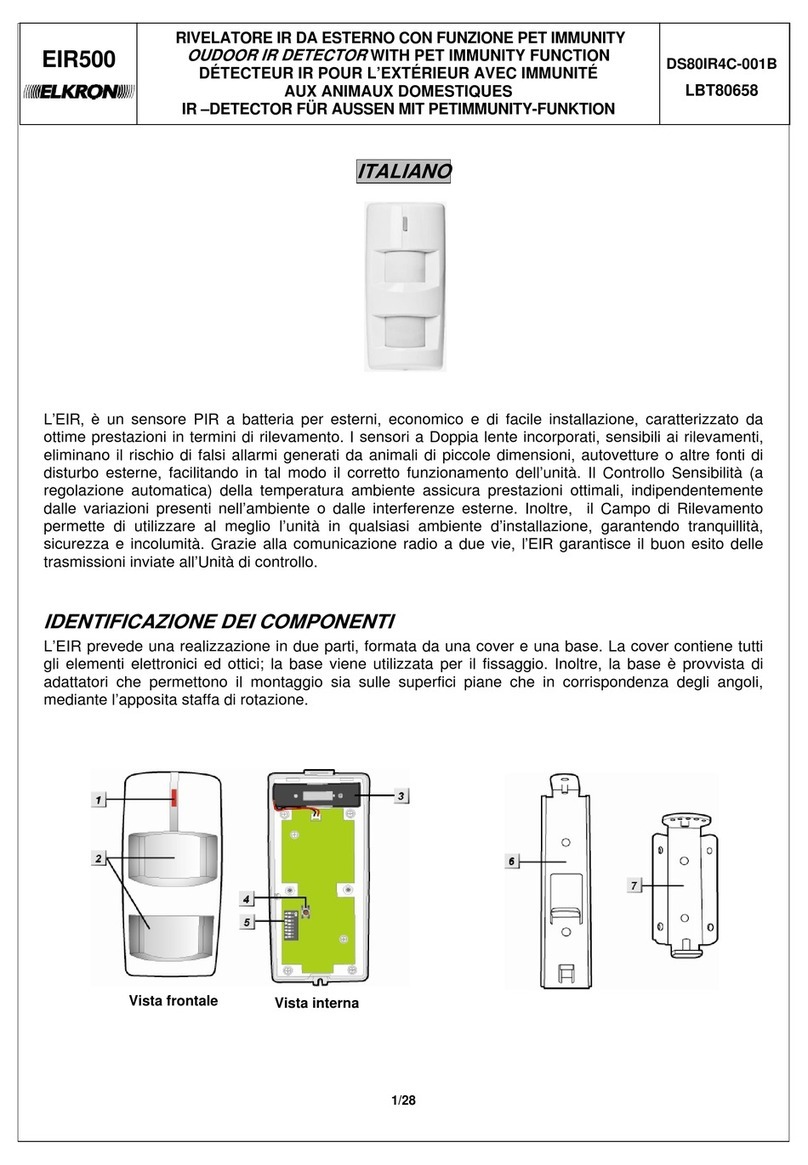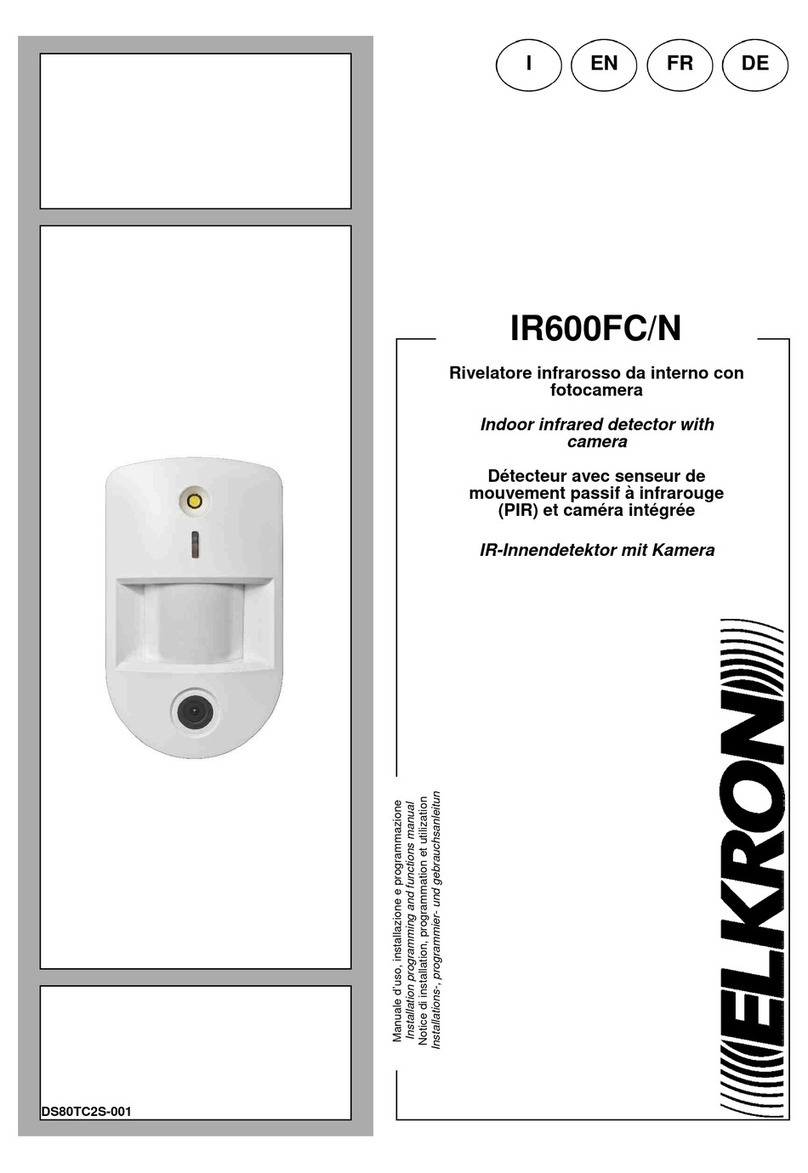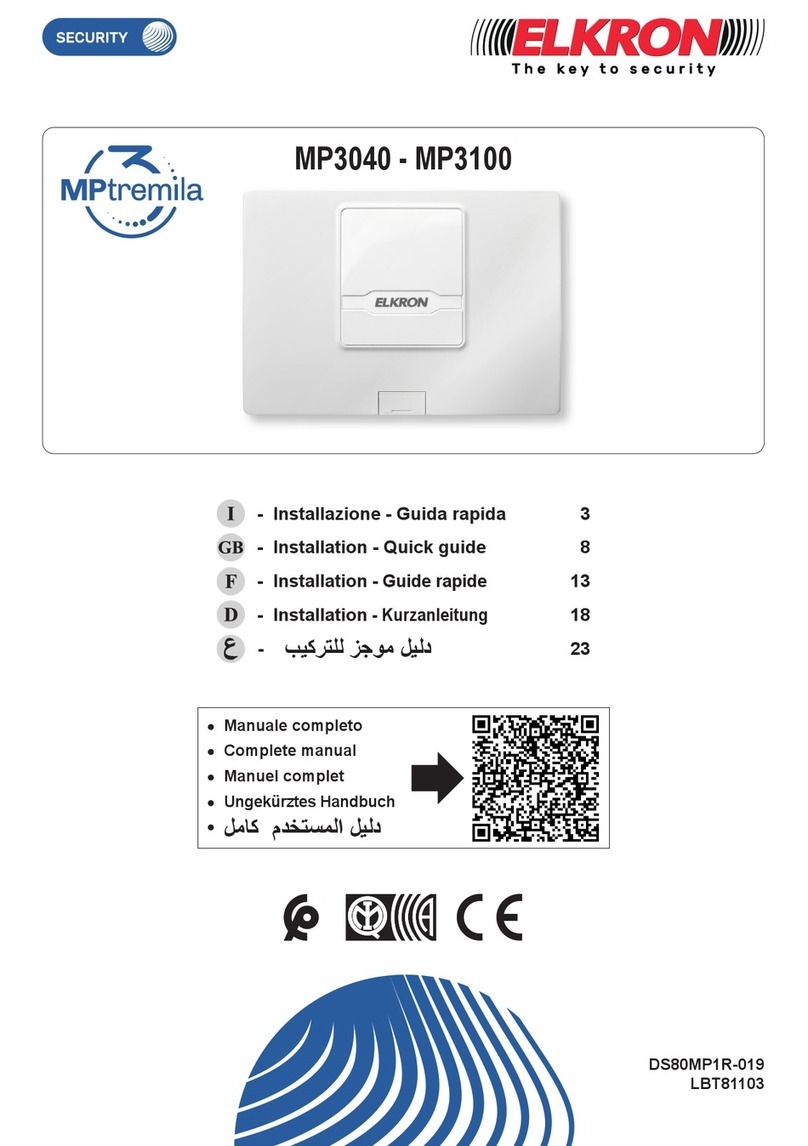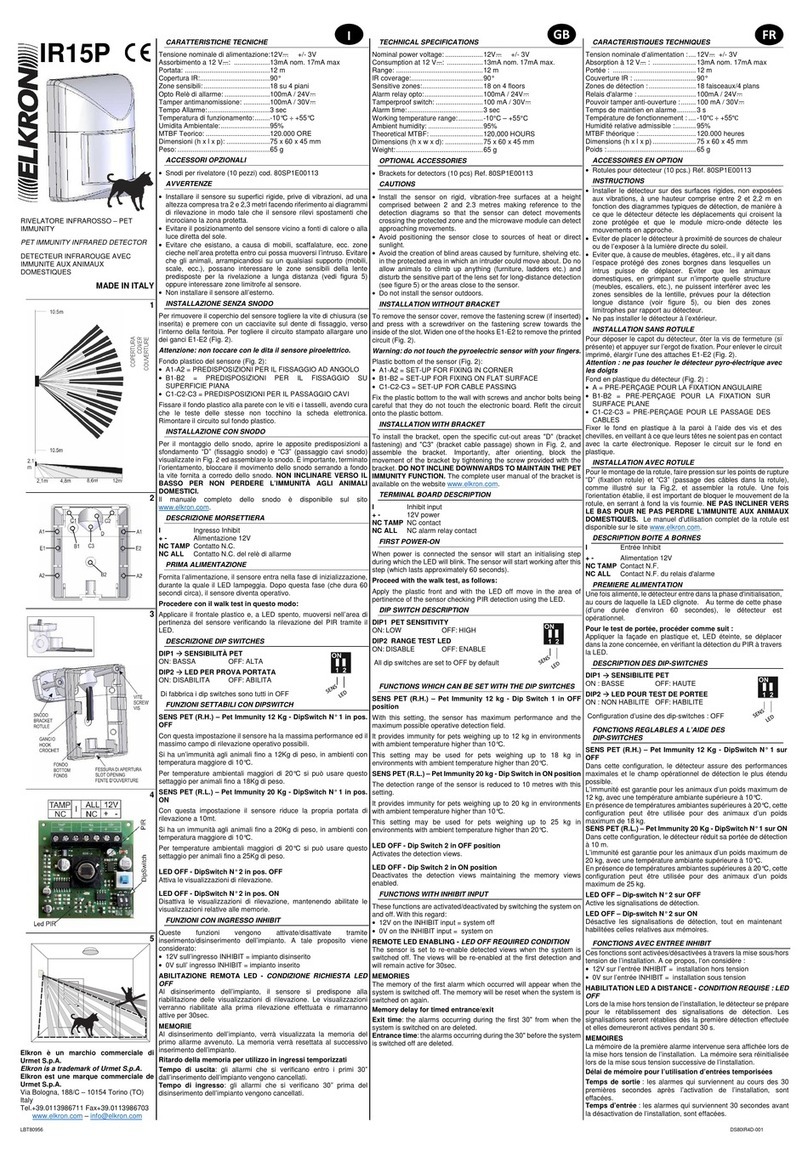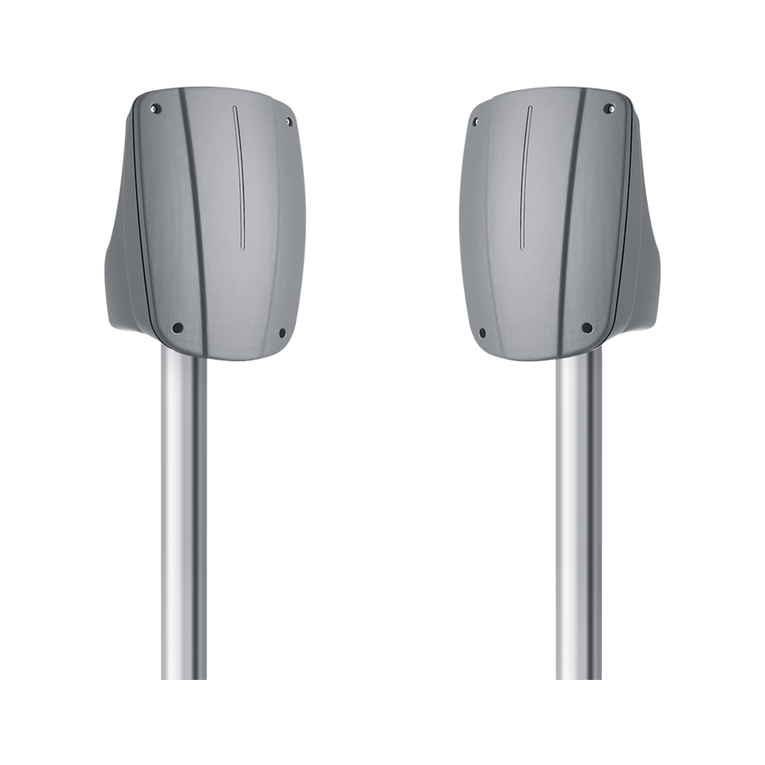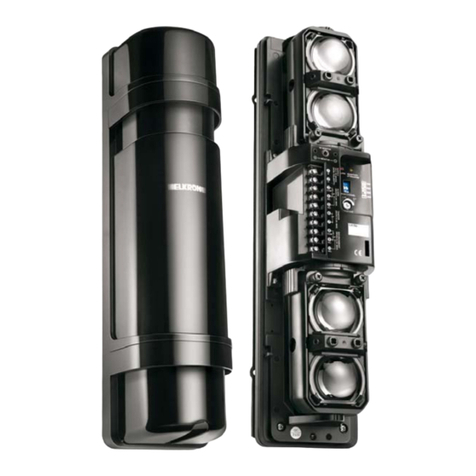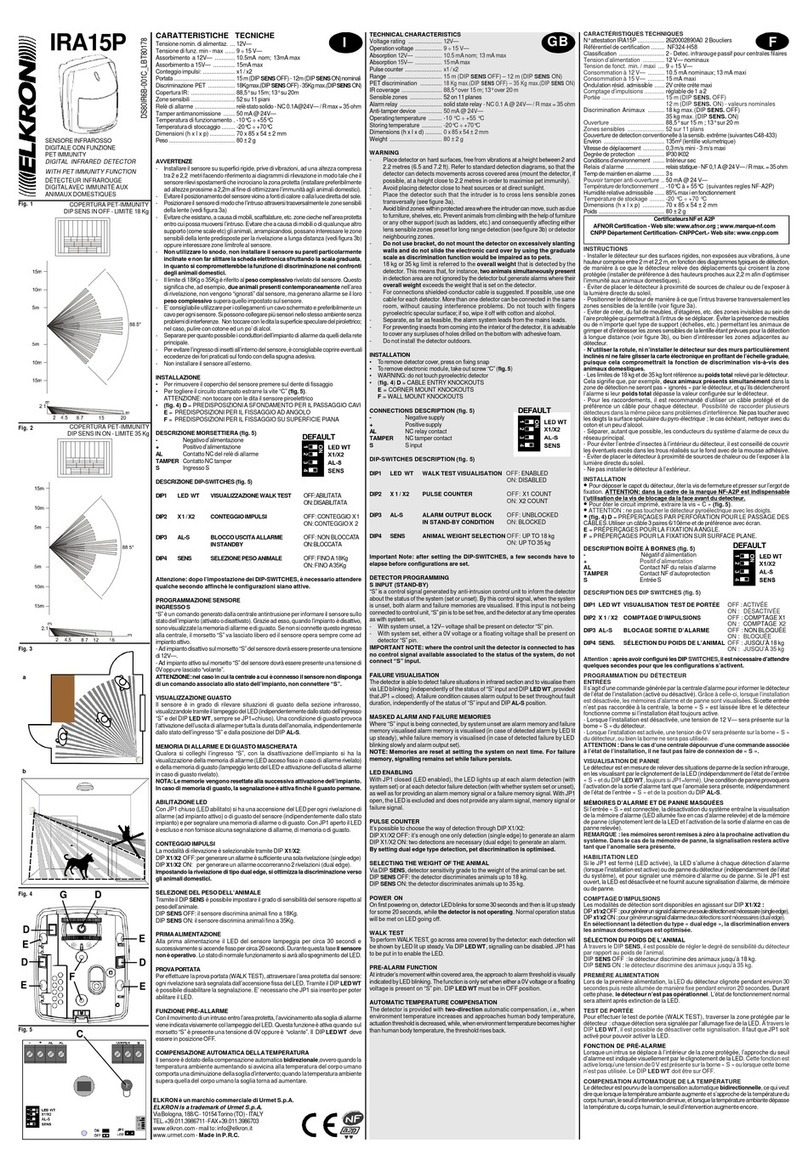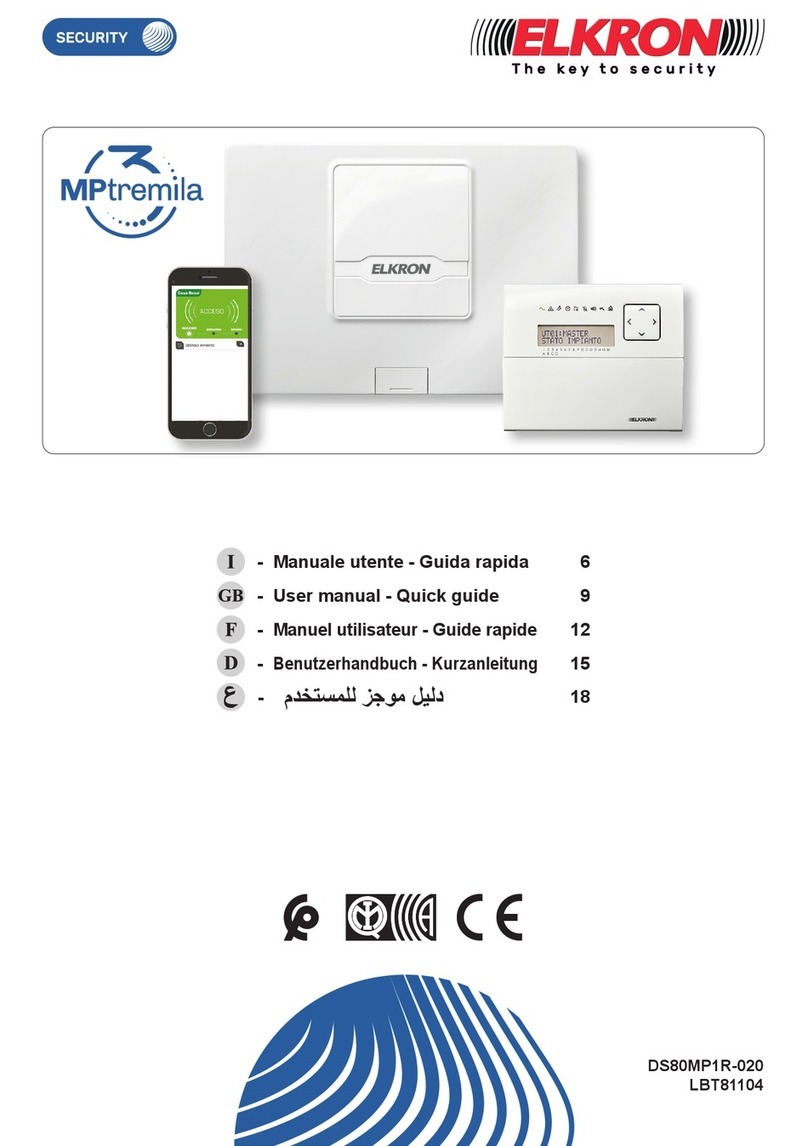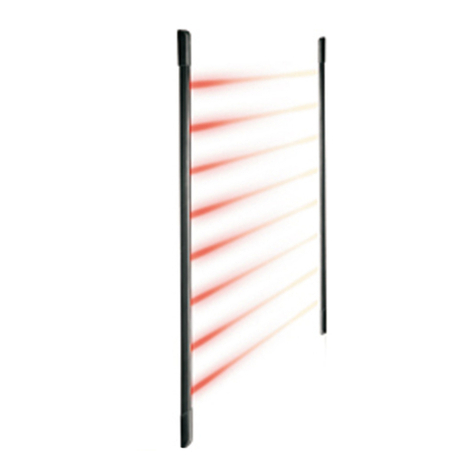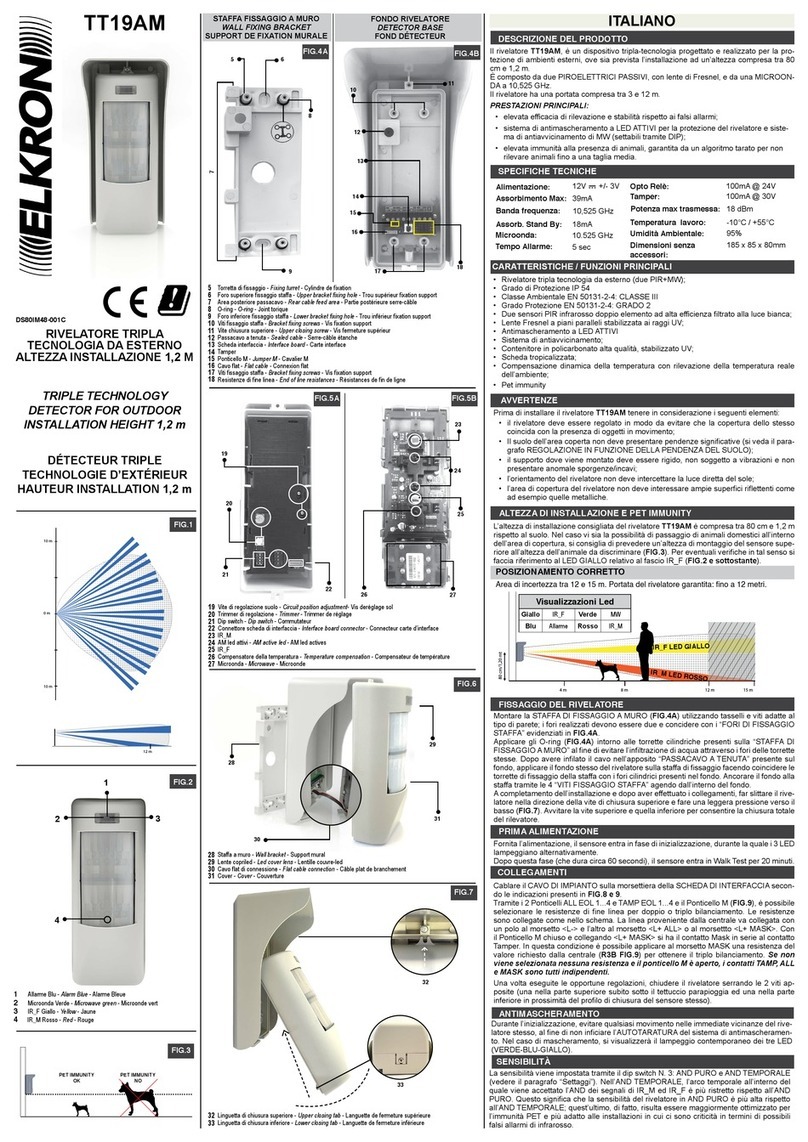
FAP User 3
TABLE OF CONTENTS
1 OPERATING MODES .................................................................................................................................................................. 4
2 SCANNING PHASE ..................................................................................................................................................................... 4
3 ALARM DISPLAY ........................................................................................................................................................................ 5
4 GENERAL FAULT DISPLAY ....................................................................................................................................................... 6
5 FIELD FAULT DISPLAY .............................................................................................................................................................. 6
6 EXCLUSION DISPLAY ................................................................................................................................................................ 7
7 MAINTENANCE DISPLAY ........................................................................................................................................................... 8
8 SLAVE CONTROL PANEL DISPLAY ......................................................................................................................................... 8
9 GENERIC EVENTS DISPLAY ..................................................................................................................................................... 9
10 CONTROL PANEL FUNCTIONAL STATES ...................................................................................................................... 10
11 FIRST LEVEL OPERATIONS ............................................................................................................................................. 11
12 INCLUDE/EXCLUDE BUTTON........................................................................................................................................... 12
13 KEYS AND INDICATORS FOR THE OPERATOR ............................................................................................................. 13
14 FAP541 KEYPAD LAYOUT ................................................................................................................................................ 15
15 FAP544/8/16 KEYPAD LAYOUT ........................................................................................................................................ 16
16 OPERATIONS TO BE CARRIED OUT IN CASE OF ALARM ............................................................................................ 17
17 OPERATIONS TO BE CARRIED OUT IN CASE OF FAULT ............................................................................................. 17
18 APPENDIX .......................................................................................................................................................................... 18
18.1 APPENDIX 1 – ERROR CODES FOR FAULT OF DEVICES ........................................................................................ 18
18.2 APPENDIX 2 – FAULT CODES FOR LINE CIRCUIT CARDS ....................................................................................... 20
18.3 APPENDIX 3 – FAULT CODES FOR THE COMMAND AND CONTROL MODULE ...................................................... 20
18.4 APPENDIX 4 – FAULT CODES FOR THE LCD ANNUNCIATORS ............................................................................... 21
18.5 APPENDIX 5 – FAULT CODES FOR IP COMMUNICATOR .......................................................................................... 21
18.6 APPENDIX 6 – SYSTEM ERROR CODES .................................................................................................................... 22
18.7 APPENDIX 7 – FAULT CODES FOR SLAVE CONTROL PANELS ............................................................................... 23
18.8 APPENDIX 8 – LIST OF PC SUBCOMMANDS (CMD “EXECUTE ACTION”) ............................................................... 23
18.9 APPENDIX 9 – DEVICE TYPES ..................................................................................................................................... 24
18.10 APPENDIX 10 – DEVICE ATTRIBUTES QUALIFIER .................................................................................................... 24
18.11 APPENDIX 11 – ALARM TYPES .................................................................................................................................... 24
18.12 APPENDIX 12 – ZONE TYPES ...................................................................................................................................... 24
18.13 APPENDIX 13 – ERROR CODES FOR PRINTER MODULE......................................................................................... 25
18.14 APPENDIX 14 – PS2 KEYBOARD MAPPING................................................................................................................ 25
18.15 APPENDIX 15 – ERROR CODES FOR CIRCUIT FAULT (COMMUNICATION ERROR) ............................................. 26

